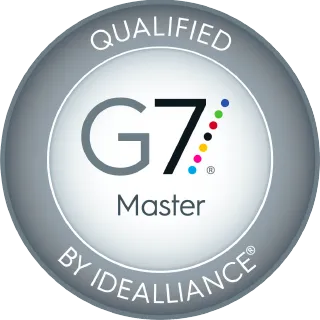From our earliest civilizations, have been fascinated with color and have gone to great lengths to replicate the colors found in nature. Starting with the Stone Age man scrawling drawings on cave walls, we have continued find new ways to bring color to life. Commercially, businesses can harness a full gamut of colors to draw attention to their products. All of this color can be produced without driving creators or their audience to an early grave. This hasn’t always been the case. In humanity’s attempt to capture color, there have been some deadly consequences. That’s right: color can kill.
In days of yore, dyes and pigments, were tough to come by. Artists and wizards (pre-chemists) would go to great lengths to find materials to use for their paintings. Many of their colors were animal or plant derivatives, and relatively safe. However, some of these colors were dull, or would fade in a short amount of time. As time went on, more options became available. New compositions were concocted offering brighter pallets, and lasting color. While patrons delighted with their new masterpieces, artists commonly went mad and met an early death. Many of the greats left this world far too soon. Leonardo Da Vinci died at a relatively early age of 67. Vincent Van Gogh allegedly went insane (you mean cutting off your own ear isn’t a healthy expression of creativity?) and later killed himself at the age of 37. It wasn’t until much later that we learned that the demise of artists wasn’t a natural born personality quirk possessed by creatives, rather they were slowly being poisoned.
Several pigments that artists used on a daily basis were laden with toxic chemicals. One of the worse culprits was lead white. It had been used from the time of the Greeks, right up to the 1970s, when it was officially deemed unsafe. It was thought to be unhealthy for hundreds of years, yet artists couldn’t resist its opacity and intensity. Paris Green was quite the hit in 19th Century. It was an emerald green pigment used not only in paint, but also clothing, and wall paper. It wasn’t until the early 1900s that it fell out of vogue and was repurposed as a pesticide and rodenticide. The toxic ingredient that made it such a killer among pests and people alike was cupric hydrogen arsenic. It is thought that Napoleon’s life was cut short from exposure to his Paris Green wallpaper in his bedroom. The 20th century brought us uranium oxide, an orange radioactive pigment used, amongst other things, on decorative tableware.
In the world of color, there have been missteps. Out of ignorance creators and consumers have been exposed to toxic chemicals. However, it appears that the tide has turned. Thanks to safety guidelines implemented by government agencies such as the Environmental Protection Agency, modern pigments, dyes, and inks pose little risk to our health. Ink manufacturers have gotten on the safety bandwagon, too. They continually search for new technologies to create safe colors that are vibrant. Hewlett Packard has made great strides with the release of their water-based Latex Inks. These inks are not only safe for humans, but they are considerate of the environment as well. Since the HP Latex Inks are non-toxic and odorless, they are ideal for using in educational and healthcare settings. Many printers have switched from using petroleum based inks and gone to soy based inks. These plant-based inks have proven to be effective substitutes, and create a gentler footprint upon the environment. Additionally, they are low in VOCs (volatile organic compounds), which means they don’t require as much ventilation, and are safer for humans to be around. They are taking the stink out of the ink.
Thanks to these safe new inks and pigments, the connotation of “Killer Color” has gone from the literal to the figurative. Large format digital print account executives can now slay the world with color — all in good conscience.
Thank you for reading this week's Thomas Printworks blog. Contact us today!
Sources:
Ted-Ed
HP White Paper
Paris Green
National Association of Printing Ink Manufacturers (NAPIM) - Soy based inks
Soya - Soy Ink Benefits






